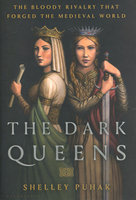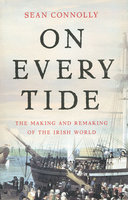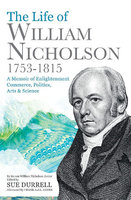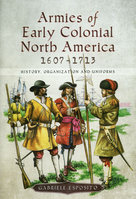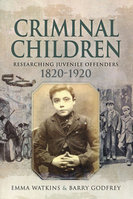New, Quality Gift Books - 50-90% off - over 2500 titles
Your basket is empty.
Categories History LEGITIMACY OF BASTARDS
LEGITIMACY OF BASTARDS
Book number: 93940
Product format: Paperback
In stock
Bibliophile price
£6.00
Published price
£14.99
Customers who bought this product also bought
|
DARK QUEENS: The Bloody Rivalry
Book number: 93910
Product format: Hardback
Bibliophile price
£10.00
Published price
£25
|
ON EVERY TIDE:
Book number: 93946
Product format: Hardback
Bibliophile price
£10.50
Published price
$35
|
LIFE OF WILLIAM NICHOLSON 1753-1815
Book number: 94706
Product format: Paperback
Bibliophile price
£4.00
Published price
£13.99
|
|
THE LAST KINGDOM: Set of Nine
Book number: 94176
Product format: Paperback
Bibliophile price
£36.00
Published price
£86.91
|
ARMIES OF EARLY COLONIAL NORTH AMERICA, 1607-1713
Book number: 93894
Product format: Hardback
Bibliophile price
£10.00
Published price
£19.99
|
CRIMINAL CHILDREN: Researching Juvenile Offenders 1820-1920
Book number: 93908
Product format: Paperback
Bibliophile price
£4.00
Published price
£14.99
|
Browse these categories as well: History, Historical Biography

